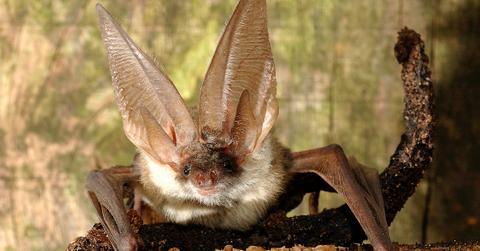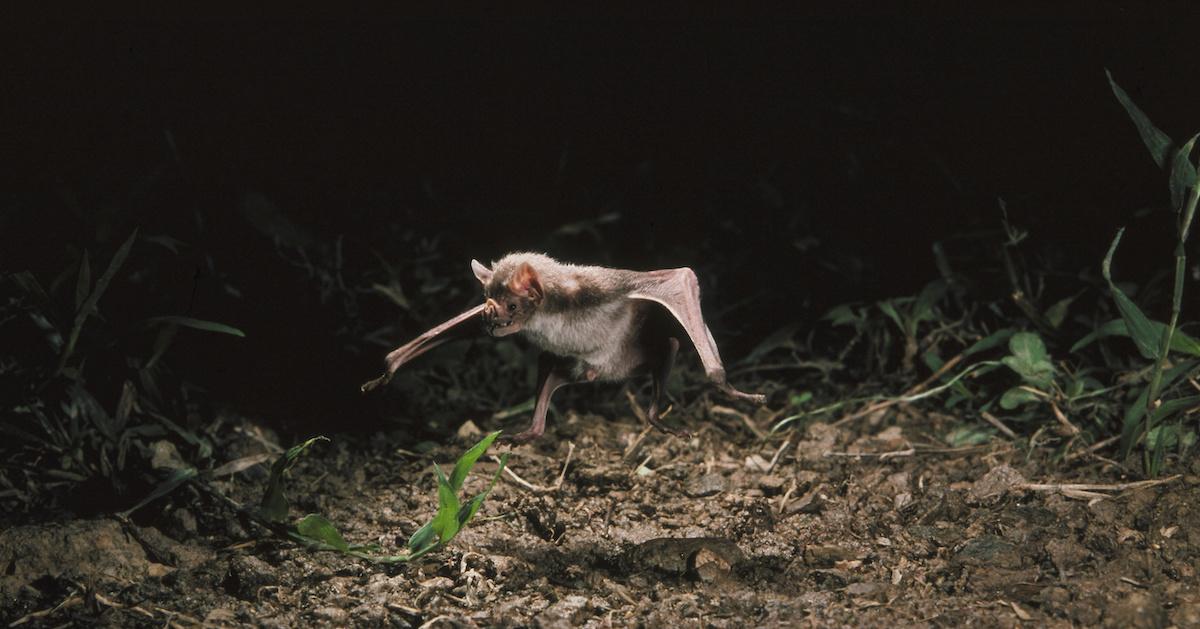Northern Long-Eared Bats Now Listed as “Endangered” Due to White-Nose Syndrome
Published Nov. 29 2022, 2:01 p.m. ET

Like snakes or bees, bats get a bad rap.
Though they're often depicted as evil, ugly creatures, they are — in reality — adorable, mosquito-eating mammals. That's precisely why conservationists are devastated over the fact that northern long-eared bats were recently listed as endangered. Many of them had contracted a fatal disease, called white-nose syndrome, which had been devastating populations nationwide for years.
The beloved U.S. bat species was declared endangered by the Biden administration on Tuesday, Nov. 29, after years of trying to save them from white-nose syndrome, which is a deadly fungal disease that affects bats.
“White-nose syndrome is decimating cave-dwelling bat species like the northern long-eared bat at unprecedented rates,” Martha Williams, director of the U.S. Fish and Wildlife Service stated via AP News.
After being listed as "threatened" in 2015, things have gotten worse — and it was proposed to list them as endangered in March 2022.
“This species is in dire straits but we never want to give up hope,” Winifred Frick, chief scientist with nonprofit Bat Conservation International also stated via AP News. “We can do amazing things when we work hard and have legal protections in place to protect these small colonies that are left.”

What is the northern long-eared bat, and why are they endangered?
The northern long-eared bat, which is also known as Myotis septentrionalis, is a cave-dwelling mammal that lives in 37 states across North America, according to U.S. Fish and Wildlife Service (USFWS).
This bat species in particular generally gravitates to caves and mines, for winter hibernation. They tend to spend the remainder of the year inhabiting forested areas. They have very long ears in comparison to other bats, which is how they got their name.
According to Bring Me The News, the northern long-eared bat was moved from the "threatened" list to the "endangered" list by USFWS on Tuesday, after it was originally listed as "threatened" in 2015. The new rule will come into effect as of January 2023.
The USFWS is using disease surveillance tools to monitor the disease, how it spreads, and how it impacts bat populations, to hopefully be able to prevent the disease from hurting populations any further. But what is white-nose disease and why is it impacting bats on such an alarming scale?
What is white-nose syndrome?
White-nose syndrome is a deadly fungal disease that was first discovered in the U.S. back in 2006, according to NPR. It has infected at least 12 species of bats; however, it's affected the northern long-eared bat disproportionately. At least 97 percent or more have been wiped out by the disease in northern long-eared populations across the country.
It's expected to cover the entire northern long-eared bat population by 2025.
The name of the disease comes from white, fuzzy spots that appear on infected bat's wings, muzzles, and ears. According to the Center for Biological Diversity, it came to the U.S. from Europe and has since killed more than 6 billion bats.
Aside from appearance differences, the disease causes bats to emerge from hibernation early. They often fly outside, and burn their winter fat off too early. They end up dying from starvation.